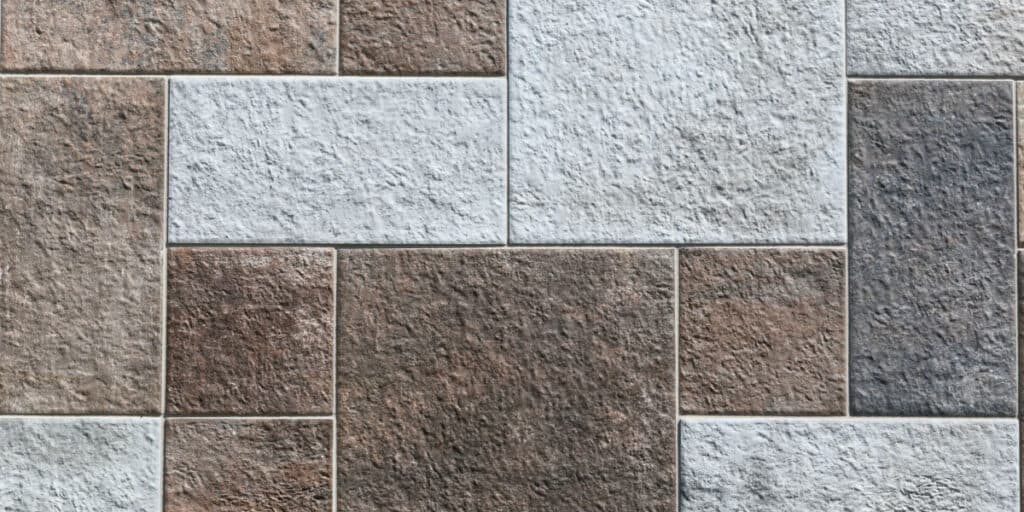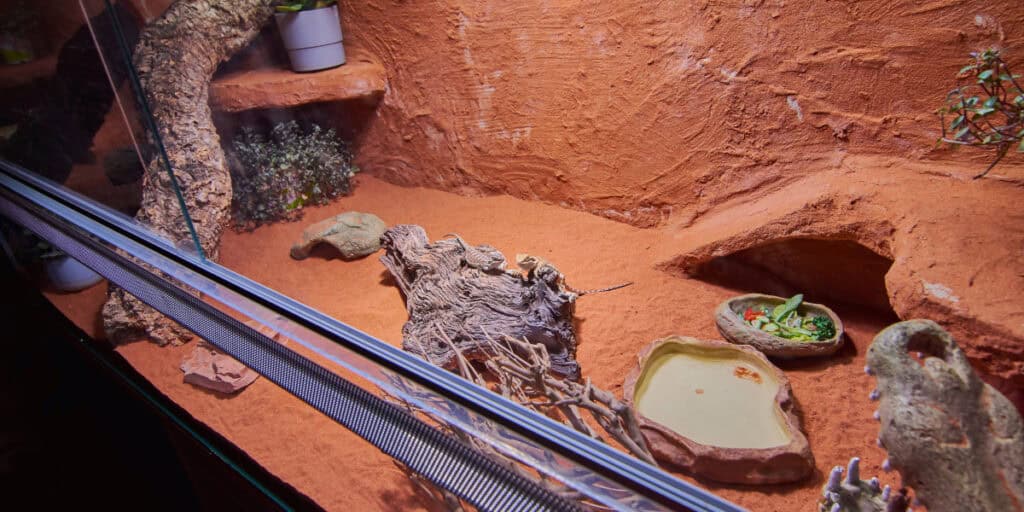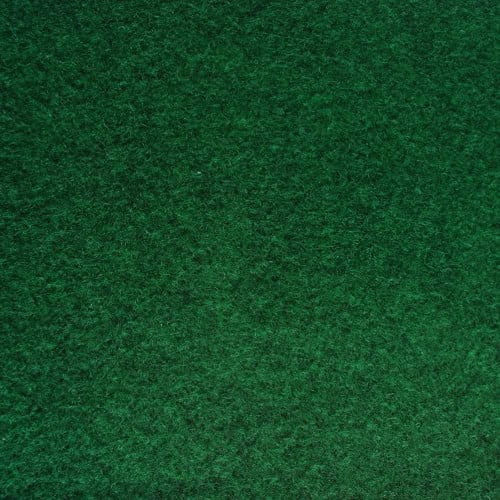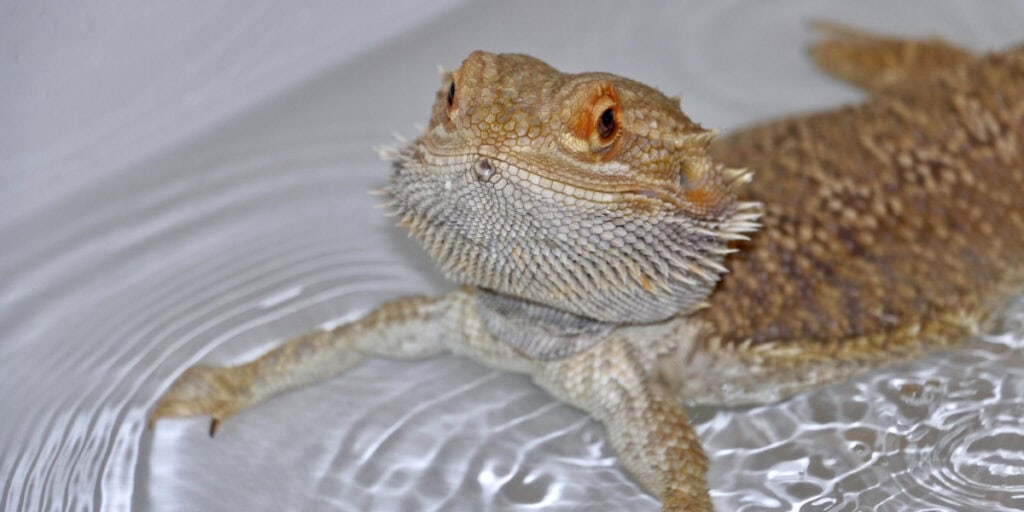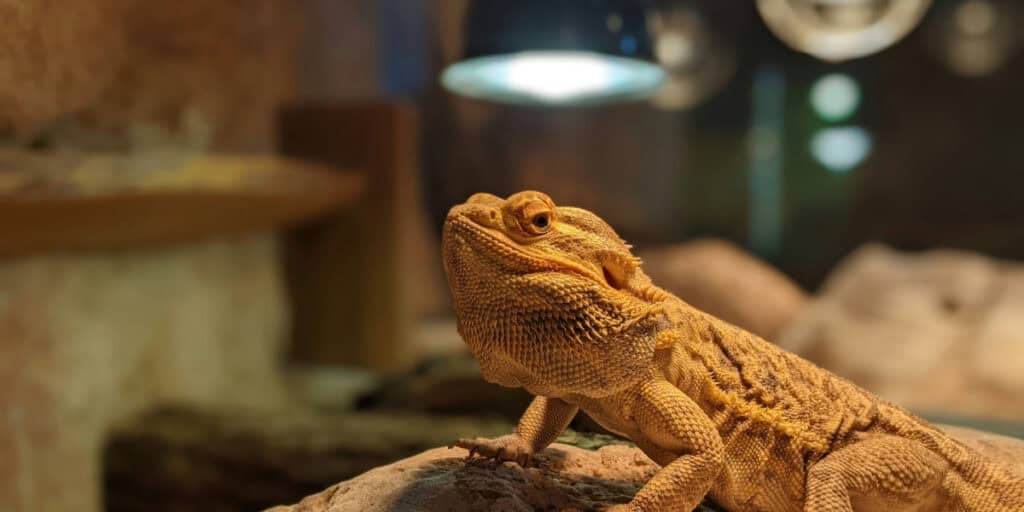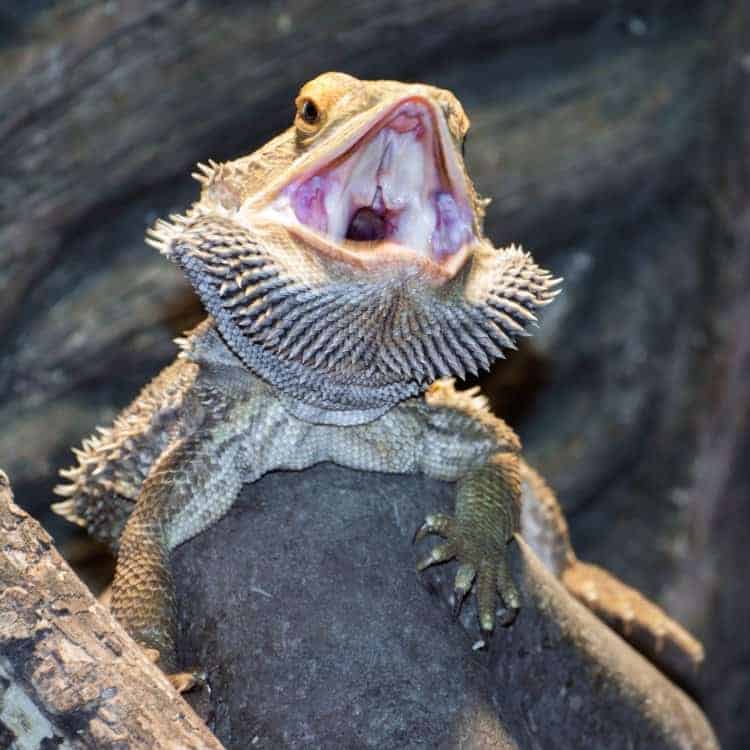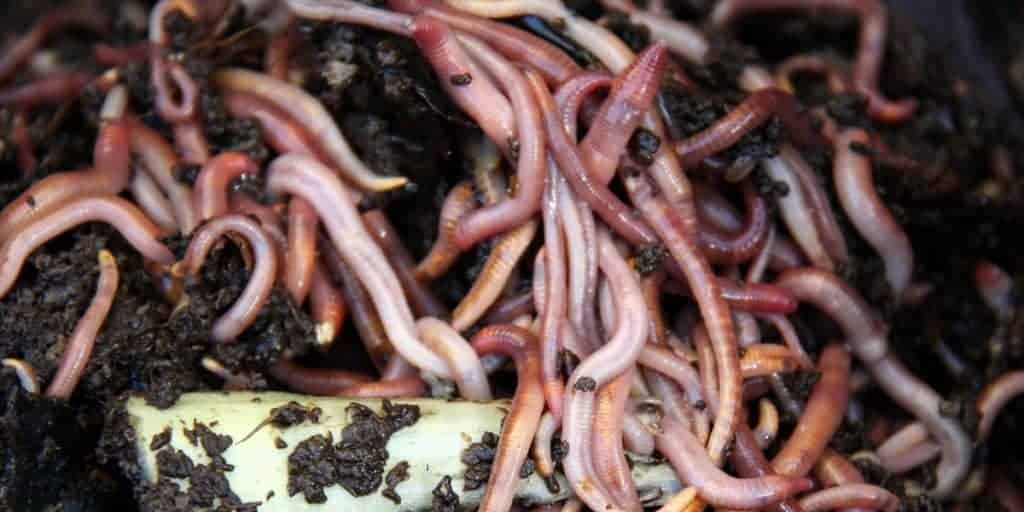Using Tile as Substrate
Selecting an appropriate substrate is essential for creating an optimal habitat for bearded dragons. Tile has emerged as a popular substrate choice among reptile keepers due to its numerous advantages. This article will examine the benefits of using tile as a substrate for bearded dragons, including its ease of maintenance, longevity, and ability to enhance […]

